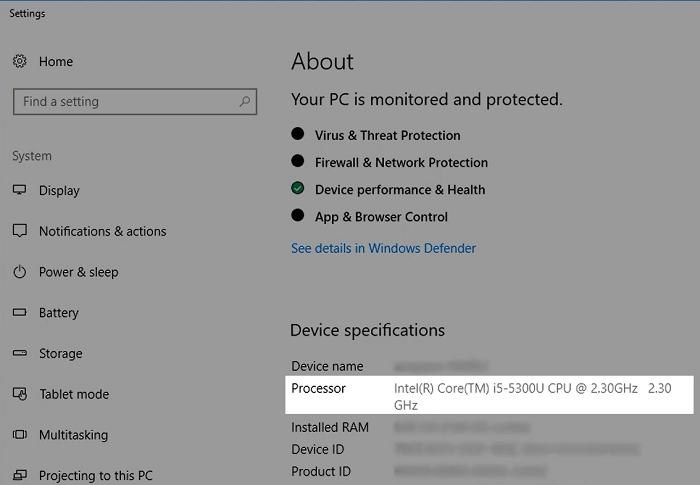

If you want these as well, then you will need to research them individually because there is no central location to look (Wikipedia has some information, but it is-not surprisingly-woefully incomplete), while CPU World has a lot more (go figure), though again, it is likely to be incomplete, especially since new CPUs are produced regularly. There are obsolete vendors like Cyrix, some who no longer produce CPUs, and several others who produce CPUs for enterprise servers ( IBM) or embedded devices ( ARM) and such instead of consumer equipment.

As such, you will also need to check AMD’s tech-docs, lest you have incomplete information (after all, Intel has no motivation to include a competitor’s models in their documentation-in fact, the term ‘ AMD’ does not even occur in it).Īnother thing to note is that there are other CPU vendors in addition to just Intel and AMD (believe it or not, this is a big surprise to a lot of people). There’s a gotcha however because after the Pentium, AMD split off and started creating their own CPU architecture which over time became less and less compatible with Intel’s (ie different sockets, different features, even different instruction sets to some degree). When called, it returns some information which as you mentioned, are combined to indicate the specific processor (and other data such as features), thus allowing a program to detect what kind of CPU is present (of course earlier CPUs can not be detected in this manner).īecause it is a CPU command, the obvious place to find a list is in the technical documents (programming specifications) of CPU vendors. CPUID is actually an instruction (ie a command/function/etc.) that Intel started building into their processors in the early 90’s (Pentiums and a few late-model 486’s).


 0 kommentar(er)
0 kommentar(er)
